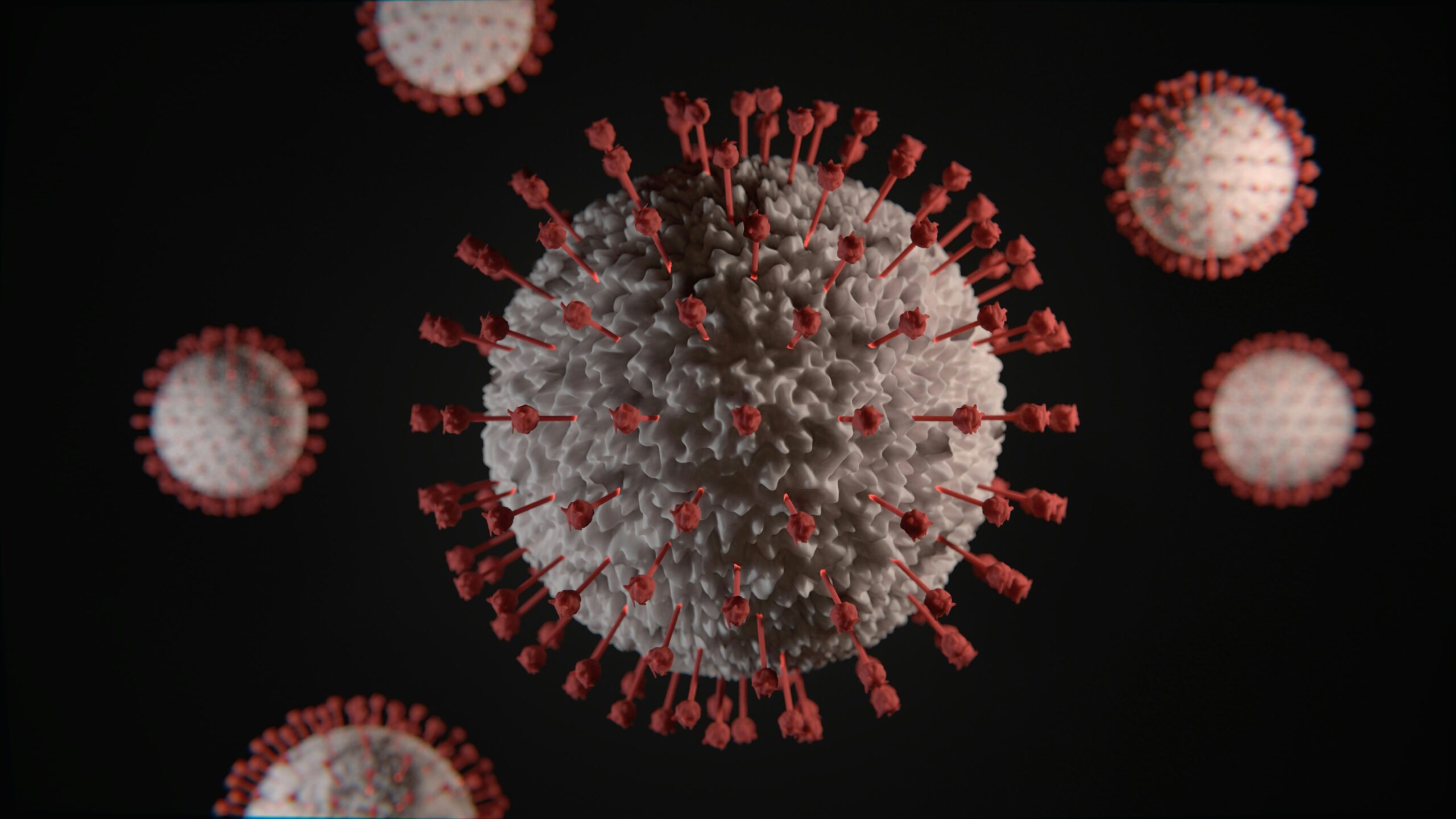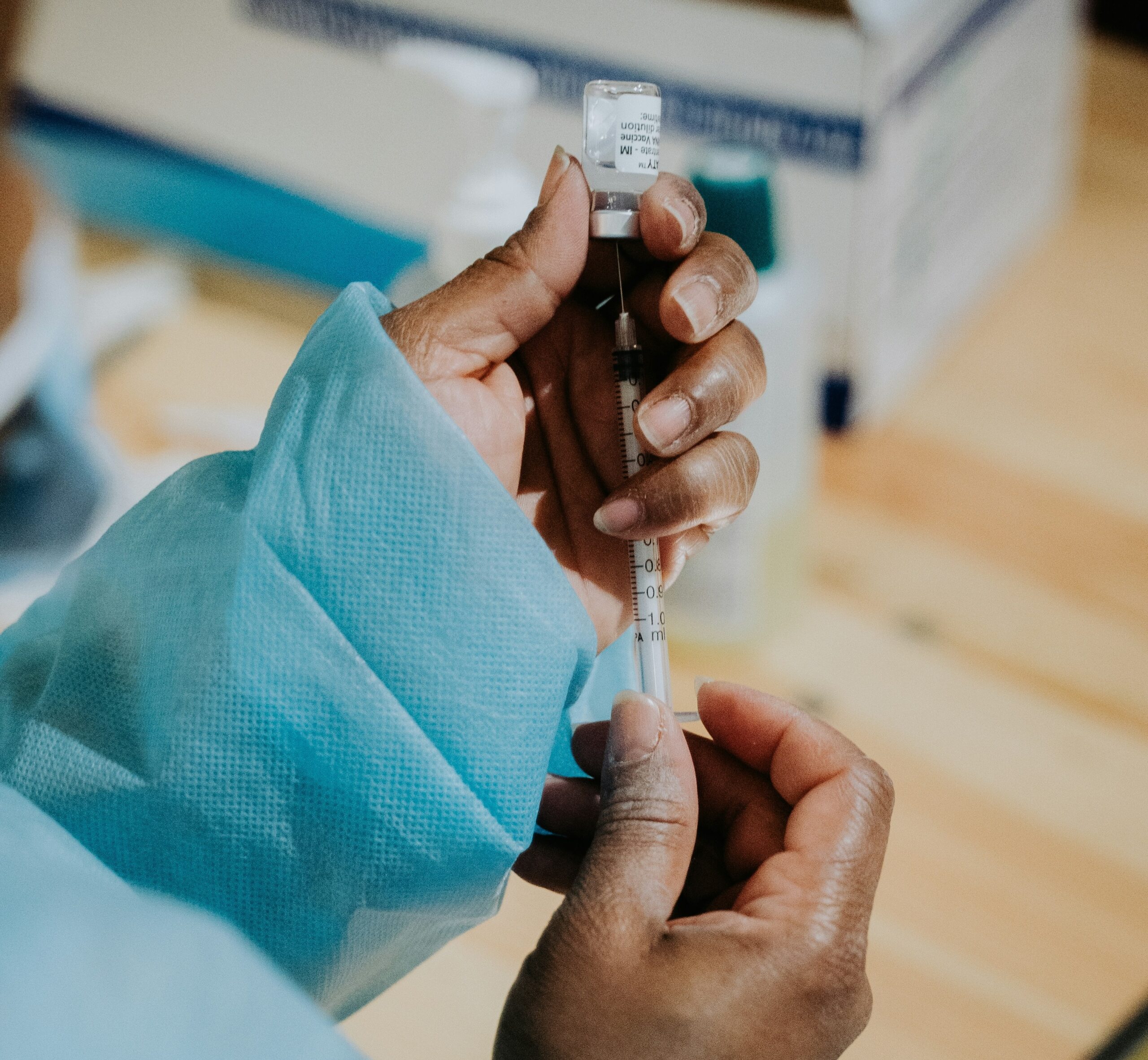
Vaccine Survey
Role of Science and Risk Communication on Vaccine Hesitancy
Section 02
Survey Overview and Demographics
General Overview
Study Date: 02.06.22–08.07.22
Geographic Coverage: United States
Expertise:
- 65.24% Biology
- 29.87% Civil and Environmental Engineering
- 4.87% Biochemistry
Response Overview
Sample Size: 831
Valid Responses: 316
Response Rate: 38
Date initial findings posted: 06.28.23
Most recent update: 06.28.23
Days survey in field: 28
Average response time: 10.1
Survey Demographics
Respondent Demographics:
- 39.8% Female
- 60.2% Male
- 100% Academic
- 0% Industry
Language(s): English
Section Overview
This section of the survey looks at the role science and risk communication plays in increasing or decreasing vaccine hesitancy. In the broader survey, we asked scientists a variety of questions about their views on why vaccine hesitancy has increased in the US population.
Question
The following short list of statements characterize how people might think about vaccines and vaccine decisions. For each, please indicate whether in your opinion it is always, sometimes or never true.
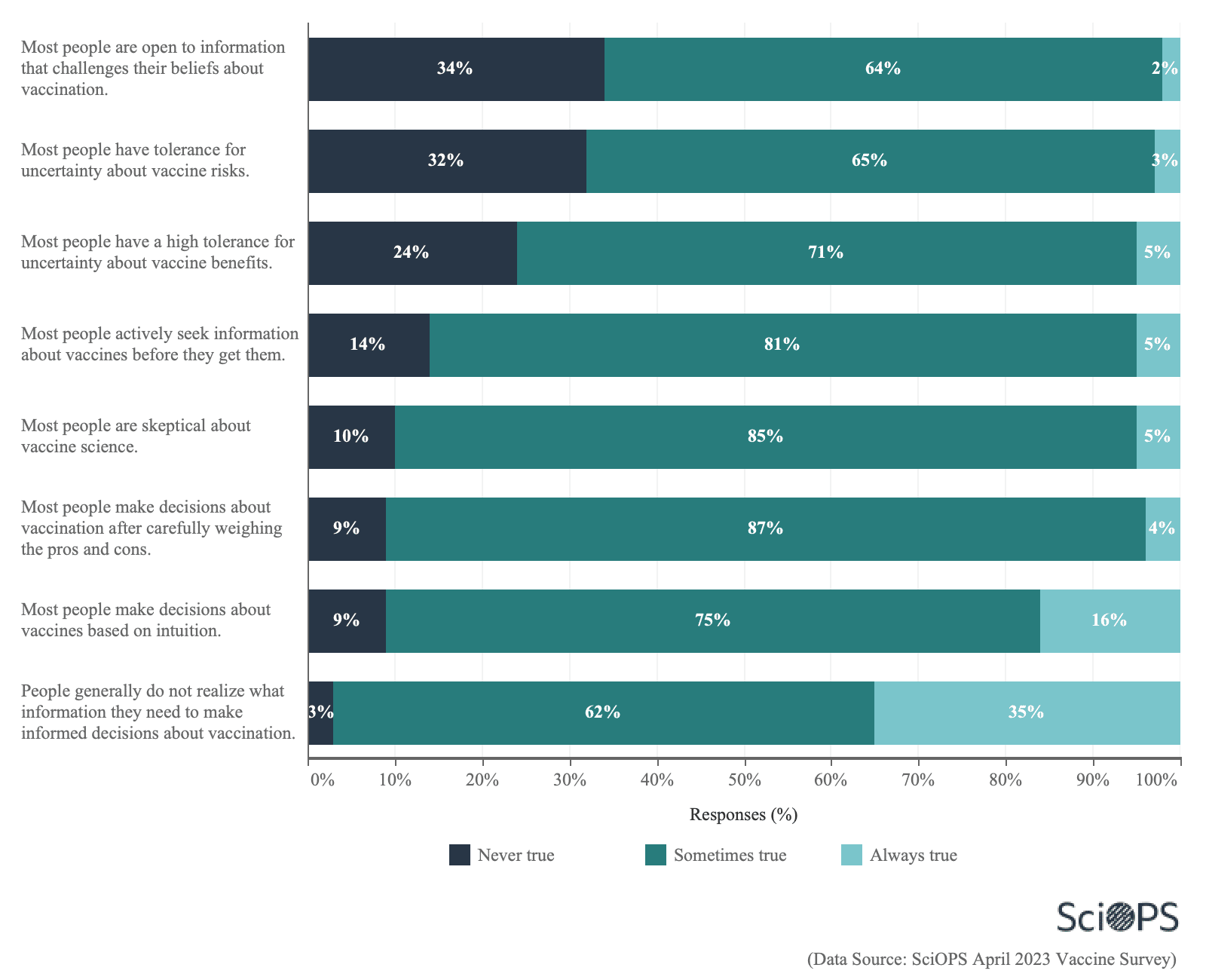
Finding
34% of the scientists indicated that it is ‘never true’ that most people are open to information that challenges their beliefs about vaccination and 32% responded that it is ‘never true’ that most people have tolerance for uncertainty about vaccine risks.
35% of the scientists responded that it is always true that people generally do not realize what information they need to make informed decisions about vaccination.
Question
In your opinion, is it ethical to communicate the following information about vaccines to the public?

Finding
A majority of the scientists responded that it is always ethical to communicate information about vaccines that has verifiable peer-reviewed scientific support (82%) and is fully transparent about scientific uncertainties (74%).
About one-quarter (28%) believe that it is always ethical to communicate information about vaccines that weighs health benefits higher than health risks.
Only 20% felt it was always ethical to communicate information that weighs health risks higher than health benefits.
Question
In your opinion, do scientists have a role in reducing vaccine hesitancy among the public?
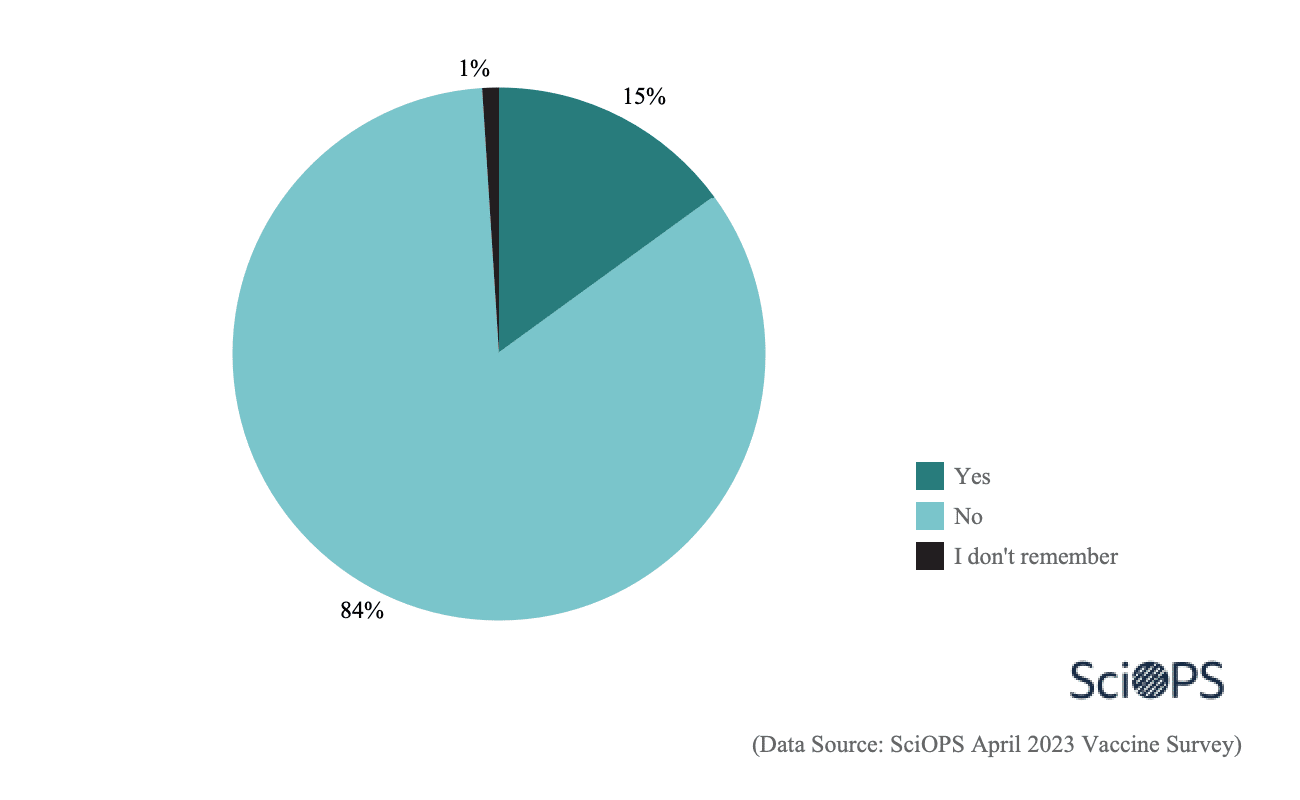
Finding
91% of the respondent believe that scientists have a role in reducing vaccine hesitancy among the public.
Question
Which of the following is the most effective means by which scientists can act to reduce vaccine hesitancy?
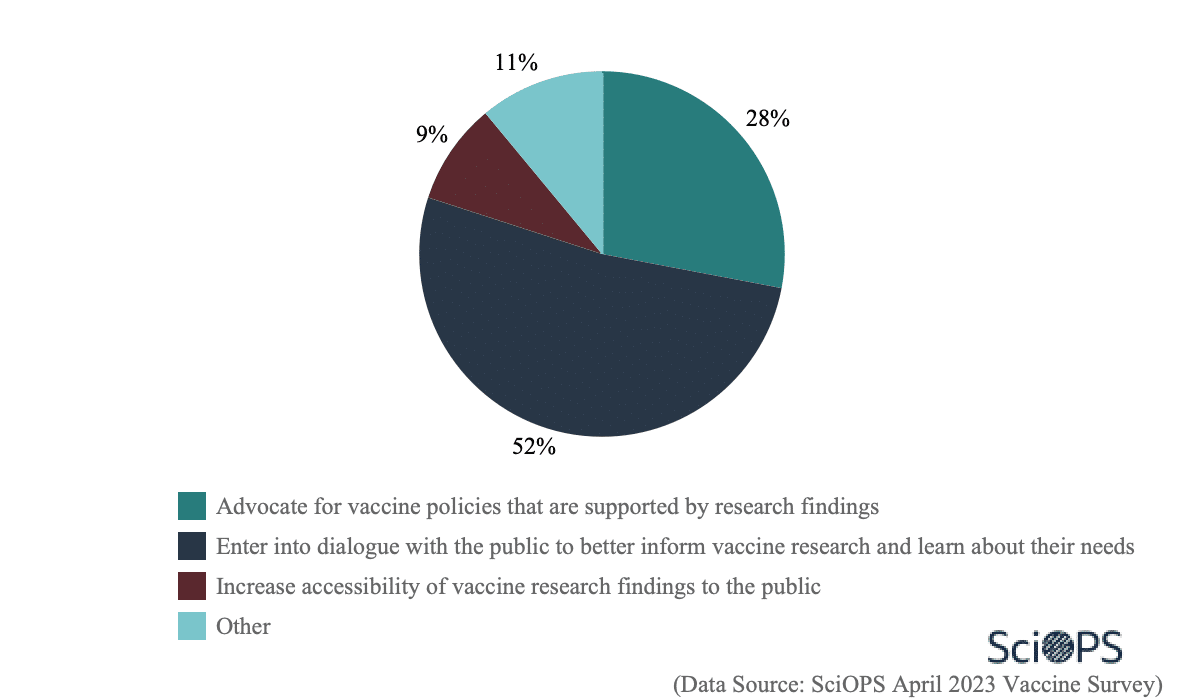
Finding
About half (52%) of the responding scientists think that entering into direct dialog with the public is the most effective way for scientists to act to reduce vaccine hesitancy.
Another 28% believe the most effective role for scientists is to advocate for vaccine policies that are supported by research findings.
This national survey on academic scientists in the US was conducted by the Center for Science, Technology and Environmental Policy Studies (CSTEPS) at Arizona State University. The survey was approved by Institutional Review Boards at Arizona State University.
The sample for this survey was selected from our SciOPS panel. The SciOPS panel is recruited from a random sample of PhD-level faculty in four fields of science. Contact information of faculty in the fields of biology was collected from randomly selected Carnegie-designated Research Extensive and Intensive (R1) universities in the United States (US). Contact information of faculty in the field of public health was collected from all CEPH accredited public health schools. The full sample frame for recruiting the SciOPS panel includes contact information for 9649 biology and public health faculty. 831 eligible biology and public health faculty consented to become SciOPS panel members, representing AAPOR recruitment rate (RECR) was 8.8%.
This national survey obtained a total of 316 usable responses, representing an individual survey completion rate of 38% and an AAPOR Cumulative Response Rate (CUMRR) of 3.3%.
